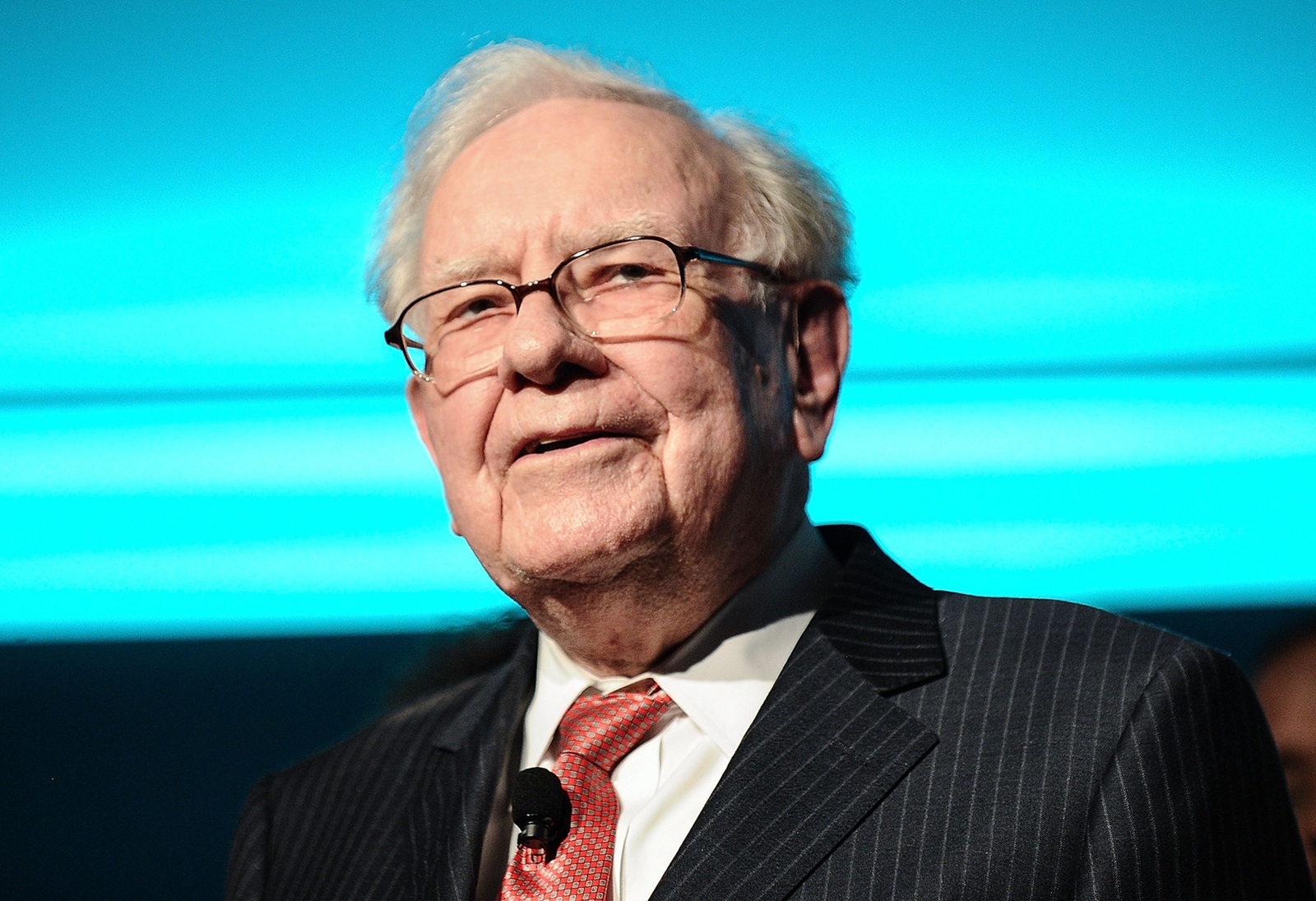Will Flex Fuel Save You Money?
E85 is a lot cheaper than gas now, but it might not save you money to fill up your car with it.

First the good news: Gasoline prices are at their lowest level in months, according to AAA. Now more good news: Flex-fuel prices have been falling, too, and are about $1 less per gallon than regular gasoline now, according to the Kiplinger Agriculture Letter.
So maybe you’re scratching your head wondering what flex fuel is and why you should care that it’s cheaper than gas. E85, or flex fuel, is a blend of 85% ethanol and 15% gasoline that can be used in vehicles specially designed to run on it – as well as regular gasoline. There are more than 10.6 million flex-fuel vehicles on the road, according to the U.S. Energy Information Administration. You might even be driving one and not realize it.
To find out if your car can run on cheaper flex fuel, check your owner’s manual or look for an E85 label on the fuel door , a yellow gas cap or a badge on your car with the term “E85,” “Flex Fuel,” or “FFV.”
From just $107.88 $24.99 for Kiplinger Personal Finance
Be a smarter, better informed investor.

Sign up for Kiplinger’s Free Newsletters
Profit and prosper with the best of expert advice on investing, taxes, retirement, personal finance and more - straight to your e-mail.
Profit and prosper with the best of expert advice - straight to your e-mail.
The Kiplinger Agriculture Letter reports that E85 is $2.35 to $2.70 per gallon at filling stations in the Midwest. The national average price is $2.77, according to E85Prices.com. The average price of a gallon of gas is about $3.54, according to AAA. So if your car can run on flex fuel as well as gasoline, the choice seems clear … but it’s not.
When you fill up with E85, you get fewer miles per gallon because ethanol contains less energy. So you have to fill up more frequently, which could wipe out your savings.
For example, a 2014 Ford Focus gets 40 miles per gallon on the highway with gas but only 28 miles per gallon with E85, according to FuelEconomy.gov, the official U.S. government source for fuel economy information. Using the current average E85 and gas prices, you’d pay about 10 cents per mile with E85 but about 9 cents per mile with gas (fuel price divided by miles per gallon with that fuel). To frame it another way, you’d pay 21.5% less per gallon for E85, but your miles per gallon would be reduced by 30%. So filling up with gas is cheaper in this instance. The price of E85 would have to be more than 30% less per gallon than gasoline to be the cheaper fuel alternative for the Ford Focus.
When we ran the numbers for vehicles with a much smaller difference between the number of miles per gallon they got with gasoline versus E85, we found it still was cheaper to fill up with gas. The lower price of flex fuel couldn't compensate for even a small reduction in miles per gallon.
You can find out your vehicle’s MPG estimate for gas and E85 at FuelEconomy.gov. Or you could test it yourself by filling up your tank with gas and recording how many miles you get, then filling up with E85 to see how many miles your car goes. Then you can do the math to find out whether you’ll save money with E85.
The problem you might run into, though, is finding a filling station nearby that sells E85. There are only about 2,300 filling stations that sell it, according to FuelEconomy.gov, and most are in the upper Midwest. You can search for stations near you with the Alternative Fuels Data Center’s alternative fueling station locator.
Profit and prosper with the best of Kiplinger's advice on investing, taxes, retirement, personal finance and much more. Delivered daily. Enter your email in the box and click Sign Me Up.

Award-winning journalist, speaker, family finance expert, and author of Mom and Dad, We Need to Talk.
Cameron Huddleston wrote the daily "Kip Tips" column for Kiplinger.com. She joined Kiplinger in 2001 after graduating from American University with an MA in economic journalism.
-
 Planning a Major Home Renovation? 3 Smart Ways to Finance It
Planning a Major Home Renovation? 3 Smart Ways to Finance ItFrom HELOCs to personal loans, here’s how to pay for a major home renovation without draining your savings.
-
 Six Warren Buffett Quotes Every Retiree Should Live By
Six Warren Buffett Quotes Every Retiree Should Live ByThe 'Oracle of Omaha' knows a thing or two about life, investing and retirement.
-
 21 Last-Minute Gifts for Grandparents Day 2025 to Give Right Now
21 Last-Minute Gifts for Grandparents Day 2025 to Give Right NowHoliday Tips Last-minute gifting is never easy. But here are some ideas to celebrate Grandparents Day.
-
 Texas Sales Tax-Free Weekend 2025
Texas Sales Tax-Free Weekend 2025Tax Holiday Here's what you needed to know about the Texas sales tax holiday.
-
 Alabama Tax-Free Weekend 2025
Alabama Tax-Free Weekend 2025Tax Holiday Here’s everything you need to know about the 2025 back-to-school Alabama sales tax holiday.
-
 Best States to Buy Chocolate Candy Tax-Free
Best States to Buy Chocolate Candy Tax-FreeState Taxes There’s something spooky this Halloween, and it’s not just the ghouls. Find out if your state’s sales tax takes a bite out of sweet savings.
-
 Florida Back-to-School Tax-Free Holiday 2025
Florida Back-to-School Tax-Free Holiday 2025Sales Taxes The new tax-free holiday in Florida brought month-long savings on computers, clothing and other school supplies.
-
 Five Reasons You Shouldn't Shop Amazon's Prime Big Deal Days
Five Reasons You Shouldn't Shop Amazon's Prime Big Deal DaysSmart Buying Are Amazon Prime Big Deal Days still a good deal? We'll break it down.
-
 Five Ways to Save on Vacation Rental Properties
Five Ways to Save on Vacation Rental PropertiesTravel Use these strategies to pay less for an apartment, condo or house when you travel.
-
 How to Avoid Annoying Hotel Fees: Per Person, Parking and More
How to Avoid Annoying Hotel Fees: Per Person, Parking and MoreTravel Here's how to avoid extra charges and make sure you don't get stuck paying for amenities that you don't use.